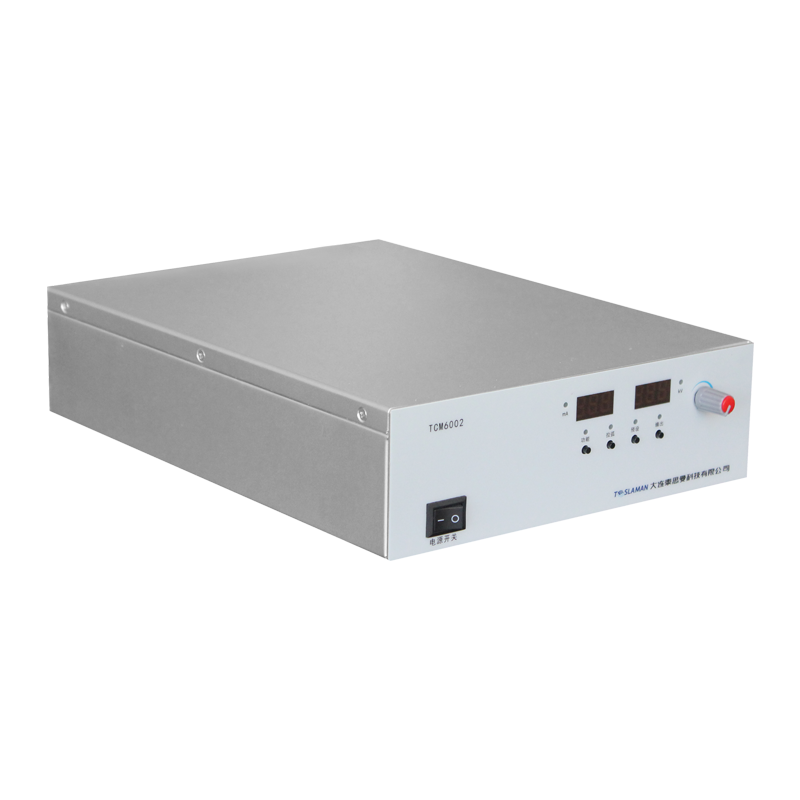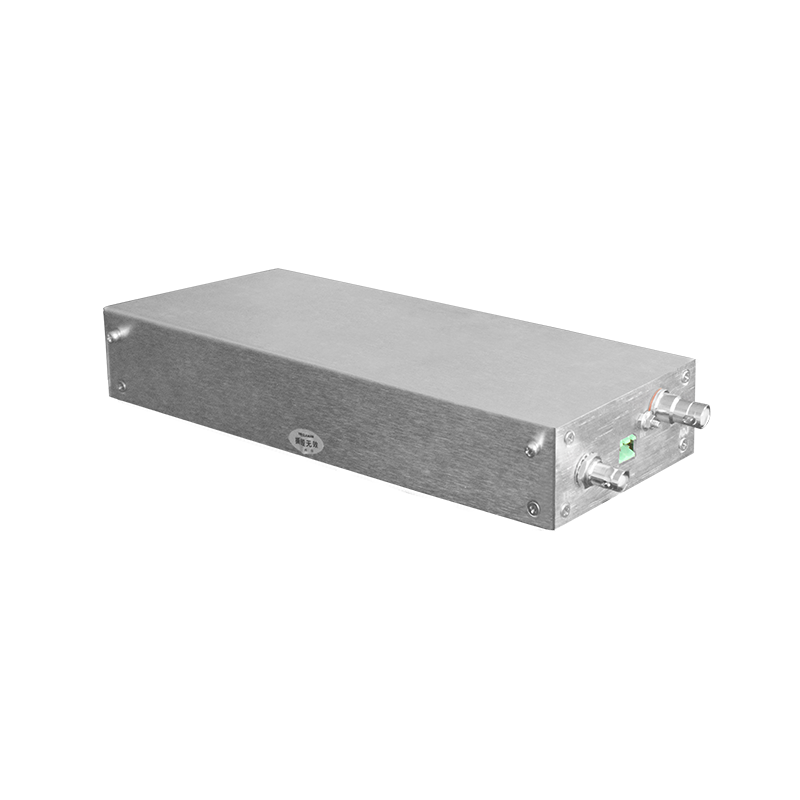Discharge Protection Mechanism of 225kV High-Voltage Power Supply
In various fields involving high-voltage applications, such as scientific research experiments and special processing technologies in industrial production, 225kV high-voltage power supplies are widely used. However, while high voltage brings powerful energy, it also comes with the risk of discharge, which poses a serious threat to equipment safety, operator safety, and the stable operation of the system. Therefore, a complete and efficient discharge protection mechanism is of great significance for a 225kV high-voltage power supply.
During the operation of a 225kV high-voltage power supply, abnormal discharge phenomena may occur due to various reasons. For example, the aging of equipment insulation causes the performance of the original insulating materials that isolate high voltage to decline, making them unable to withstand high voltage and triggering breakdown discharge. Or overvoltage situations occur in the high-voltage circuit, such as lightning-induced overvoltage and switching overvoltage. When the voltage exceeds the withstand threshold of the equipment, discharge will also occur. Once these discharge phenomena occur, they may not only instantly damage key components inside the power supply, such as transformers and rectifiers, but also trigger fires, causing great harm to the surrounding environment.
To address these potential risks, 225kV high-voltage power supplies are usually equipped with a variety of discharge protection mechanisms. Overvoltage protection is an important part of them. By setting up a voltage monitoring device, the output voltage of the power supply is monitored in real-time. Once the detected voltage exceeds the pre-set safety threshold, the protection circuit is immediately activated, and the power supply output is quickly cut off to avoid the continuous effect of excessive voltage causing discharge. For example, an overvoltage protector composed of non-linear resistance elements has a high resistance value when the voltage is normal, hardly affecting the normal operation of the circuit. When overvoltage occurs, the resistance value decreases rapidly, discharging the overvoltage energy, thereby limiting the voltage amplitude and protecting the equipment.
Another important protection mechanism is insulation monitoring. The insulation condition of the power supply system is detected regularly or in real-time using insulation resistance testing technology. When the insulation resistance value is lower than the safety standard, a warning signal is issued to prompt maintenance personnel to promptly troubleshoot the fault and repair the insulation defects to prevent discharge accidents caused by poor insulation. For example, a megohmmeter is used to regularly detect each insulated part of the power supply, or an advanced online insulation monitoring system is used to continuously track the change of insulation resistance.
In addition, grounding protection is also indispensable. The metal enclosure of the high-voltage power supply and parts that may be charged are reliably grounded. Once leakage or abnormal discharge occurs, the current can quickly flow into the ground through the grounding wire, avoiding electric shock to personnel and damage to equipment. The size of the grounding resistance directly affects the effect of grounding protection. Therefore, it is necessary to set and maintain it in strict accordance with relevant standards to ensure that the grounding resistance remains within the specified range.
The discharge protection mechanism of a 225kV high-voltage power supply is a comprehensive system. Through the coordinated operation of various means such as overvoltage protection, insulation monitoring, and grounding protection, it provides a solid guarantee for the safe and stable operation of the high-voltage power supply. Only by continuously optimizing and improving these protection mechanisms can the discharge risk be effectively reduced and the important role of the 225kV high-voltage power supply in various fields be fully exerted.




















